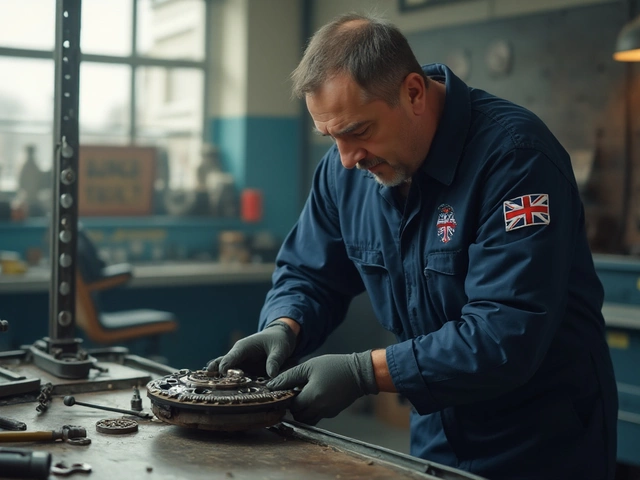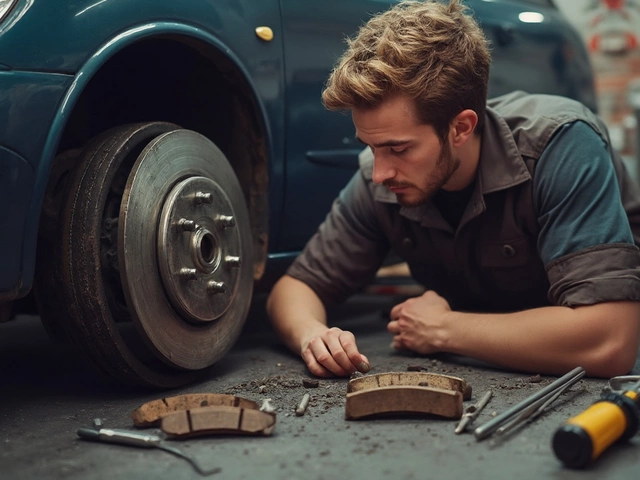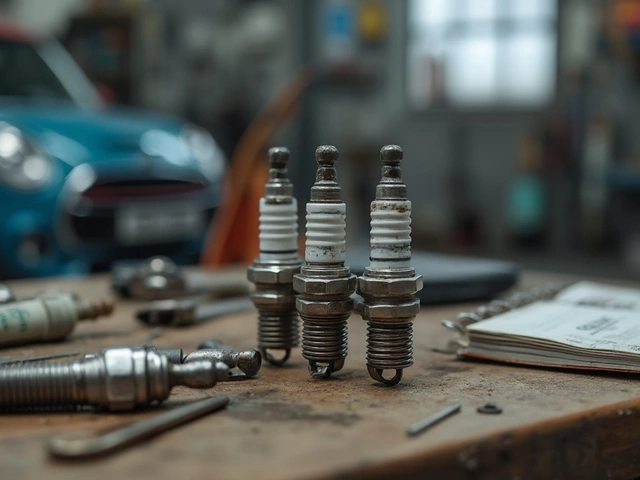Exhaust Upgrade: How to Get More Power, Sound, and Savings
Ever notice a car that roars past you and seems to sprint faster? Often the secret is an upgraded exhaust. Swapping the stock pipe for a performance system can free up flow, sharpen tone and even shave a few miles off the pump.
Types of Exhaust Upgrades
The most common options are cat‑back, axle‑back and full‑system replacements. A cat‑back kit replaces everything from the catalytic converter rearward, while an axle‑back swaps just the muffler and tailpipe. Full‑system kits include headers, high‑flow cats and everything in between. Mufflers alone can change sound without a big price tag, and headers are the go‑to for serious horsepower seekers.
Material matters too. Stainless steel resists rust and holds up to heat, making it a favorite for longevity. Mild steel is cheaper but can corrode faster, especially in wet climates like the UK. Choose the material that fits your budget and how long you plan to keep the car.
Installation and Cost
Prices range from £80 for a basic muffler swap to £800 for a complete cat‑back system with stainless steel components. If you’re handy, a DIY install can take a couple of hours with basic tools – a socket set, rubber mallet and a pipe cutter. Beginners should watch a few videos first and make sure all clamps are tight to avoid leaks.
Professional install adds labor costs, usually £100‑£200, but guarantees a proper fit and a clean finish. It’s worth paying for a fit‑and‑finish guarantee if you’re not confident with bolts and torque specifications.
Performance gains are real but modest. Most cat‑back kits add 5‑10 hp and a similar bump in torque, enough to feel quicker on the highway or around town. The biggest win is reduced back‑pressure, which can improve fuel efficiency by 2‑3 % when you drive smoothly.
Sound is a personal choice, but remember local noise regulations. Many towns enforce a 96 dB limit for road vehicles, so a very loud exhaust could land you a fine or a failed MOT. Look for kits that offer interchangeable tips if you want a quiet cruise for daily driving and a louder setup for weekend track days.
Keep the system clean. Road salt and brake dust can build up inside the pipe, causing rust and reducing flow. A quick spray with a low‑pressure hose after a wash helps, and a yearly inspection for cracks or loose clamps keeps the exhaust performing at its best.
In short, an exhaust upgrade is a straightforward way to make your car sound better, feel quicker and even sip a little less fuel. Pick the right kit for your goals, watch your budget, and decide whether you’ll tackle the install yourself or let a pro handle it. With the right choice, you’ll notice the difference the first time you hit the road.
 12 July 2025
12 July 2025
Are Aftermarket Exhausts Worth It? Real-World Pros, Cons & Expert Insights
Thinking about swapping your factory exhaust for aftermarket? Get the straight facts, pros, cons, and costs before you buy. Your car—and ears—deserve it.
 31 January 2025
31 January 2025
Essential Car Tuning: Post-Exhaust Upgrade Insights
Upgrading your car's exhaust system can lead to significant performance enhancements. However, to fully benefit from these improvements, tuning your vehicle might be necessary. This article delves into why tuning is essential after an exhaust upgrade, explaining the adjustments required for optimal performance and fuel efficiency. Follow these practical insights and tips to ensure that your car runs at its best.






0